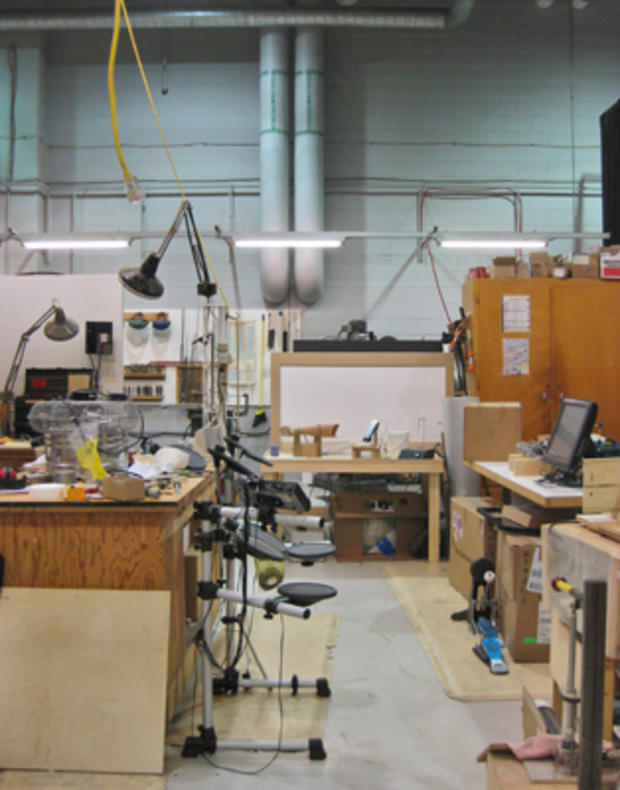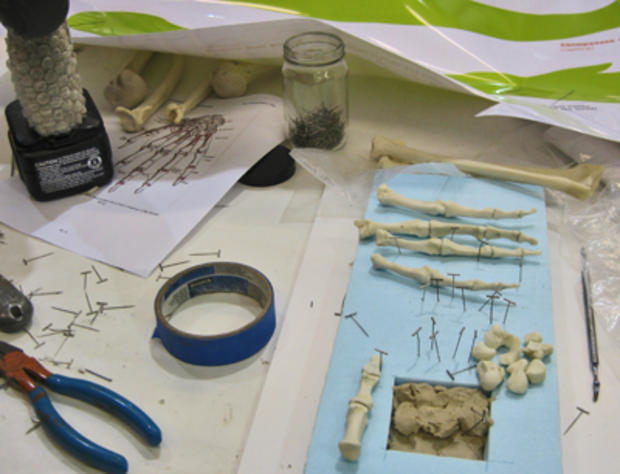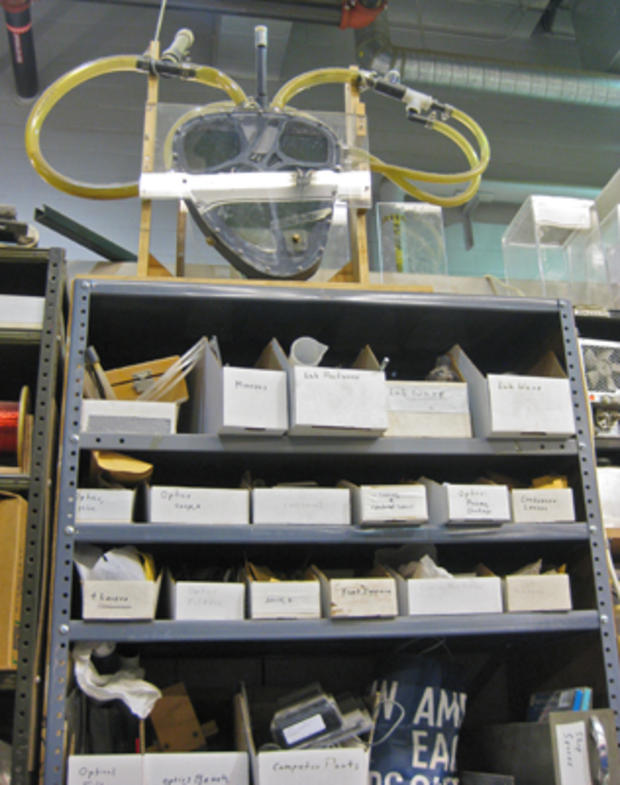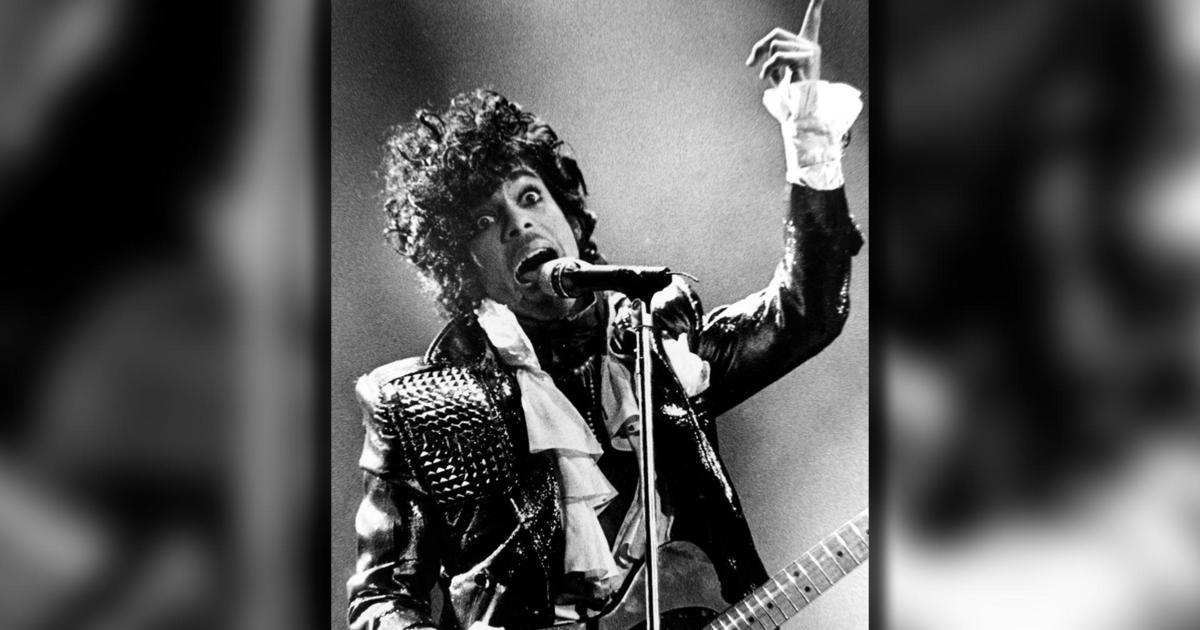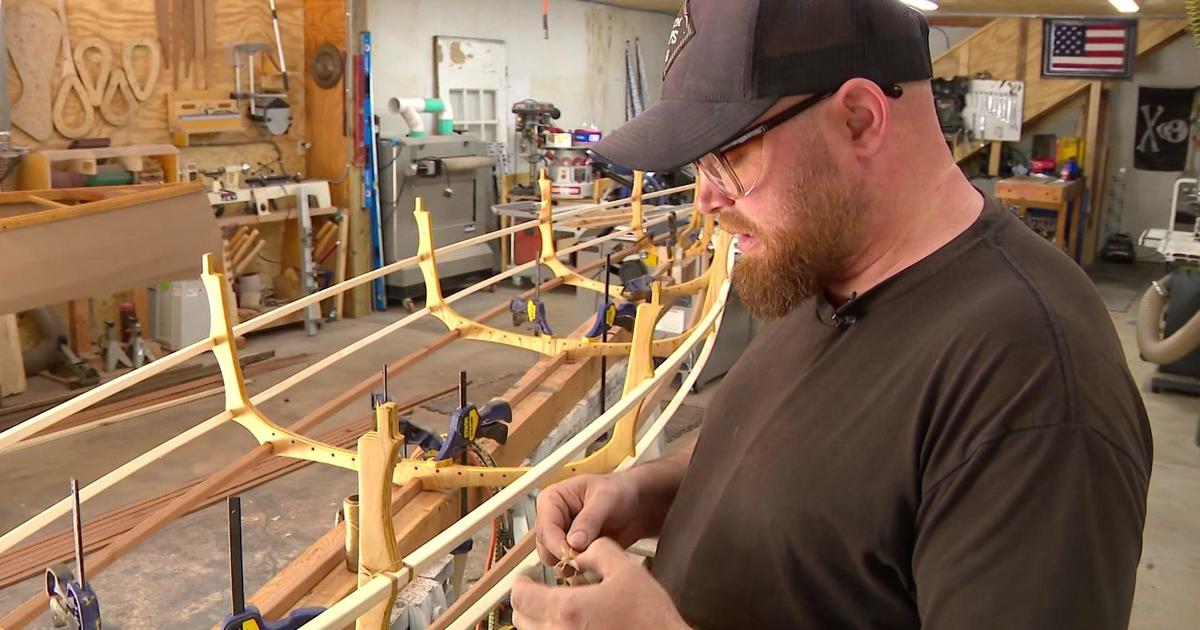Behind The Scenes At The Science Museum Of Minnesota
By Coco Mault
The Science Museum of Minnesota has gone through many changes since its incorporation in 1907, many of them have to do with museum's location alone. Its first home was the St. Paul Auditorium on Fourth Street, then, in 1927 it was moved to the Merriam Mansion on Capitol Hill. By 1964, the museum moved again, this time to a new building at 30 East Tenth Street, until 1978 when it inhabited yet another new building on Wabasha. It wasn't until December of 1999 that the museum's 1.75 million artifacts and specimens were moved to the impressive riverfront location we know today.
Even though the current Science Museum of Minnesota appears to be staying at this location for a while with our old favorites -- the mummy is always a must-see -- many exhibits continue to move in and out rather frequently. What many people don't know is that there is a science behind the science on display, and it all begins behind-the-scenes at the Science Museum of Minnesota.
Before exhibits make it onto the floor of the museum, they start as ideas among the museum's creative staff. "We get an idea, do a mock up, then see how it works," says Paul Martin, the museum's senior Vice President of Science Learning. He directs the Science Museum of Minnesota's efforts to develop, design, and produce exhibits and learning opportunities.
"Our exhibits weren't so great in the beginning," says Martin, who has been on the museum's staff for over 30 years. This realization was the impetus for bringing projects in-house, and eventually the staff were not only making successful, hands-on exhibits for the Science Museum of Minnesota, but for other museums internationally.
Before the exhibits make their debut in museums or national touring exhibits, however, workers create mock-ups in the Science Museum of Minnesota's own workshop. It's a massive, warehouse space – there's about 10,000 square feet of production space in and around the shop -- filled with walls of tools and individual work areas crowded with projects in various states of completion. There are around 50 people who work in production associated with the shop, completing about 10 projects of various sizes per year.
In one area of the workshop finger bones are being sculpted and placed on foam board with specimen pins. In another spot someone is creating a midi keyboard that will trigger sound from actual instruments, rather than recordings of instruments. Many past prototypes remain in the workshop and makes for some interesting decor. A giant thumb the size of a toddler hangs from a tall cement column, for instance, boasting a blister and fingernail that swings open on hinges. People in the workshop work with all kinds of materials -- in one of the back corners, sparks spray as someone welds; there is also wood-working, plastics, spray painting, and molding.
When a prototype is complete, it is brought into the museum for visitors to try. Staff with clipboards remain nearby, inconspicuously, to take notes on how visitors react and use the exhibit. After some time, the prototype is brought back into the workshop for modifications before it makes its next appearance, and so on until it is just right. One of their newest exhibits exploring nano technology has had a few incarnations. When the exhibit is complete, they will farm out the work to another company who can make 50 copies of it much more efficiently than the staff at the museum can. This is a momentous exhibit, too; it's the most copies of one of their exhibits they've ever made.
Some exhibits resemble their final version sooner than others, but all of them will eventually appear in the museum for testing among the patrons. "Kids will find a way to use [an exhibit] in an unexpected way," says Martin. "Every time." It's a valuable and often entertaining part of the job. One particular exhibit, for example, requires water. Before housing its own water supply, they simply hooked the exhibit up to one of the museum's sinks. Almost immediately, one little girl began playing with the water faucet and ignored the exhibit altogether.
About what they want from their exhibits, Martin says "Science is a process. We want the visitor to come away with questions like 'What do I think about this?' rather than us just telling them." Martin thinks it's this narrative quality that helps make their hands-on exhibits such a success; it maintains a process of discovery. Another way Martin says their exhibits are evolving is a result of a very popular event the museum hosts annually. "What we've learned at Maker Fair is people love making stuff," says Martin. "They not only want to just play, they want to build on something."
Science Museum of Minnesota
120 Kellogg Blvd. W
Saint Paul, MN
651-221-9444
Hours: Mon – Sun 9:30 am – 9:30 pm
Website
